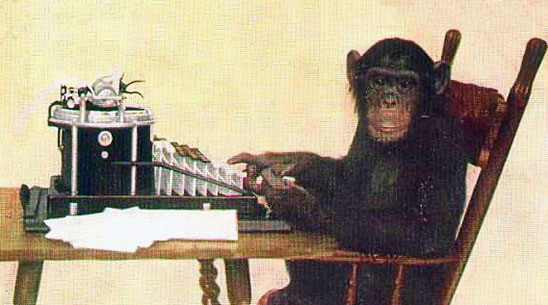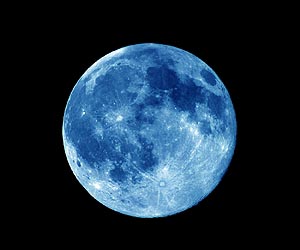
One of the interesting things about life on earth is how it modifies the earth's surface. Oxygen, water and a host of carbonates and other compounds are directly the result of or considerably influence by living systems. A lifeless world has a different chemistry than a world with life.
Consequently, when we see odd things happening on other planets we immediately start to wonder if there are any kindred forms living out there.
There is, for example,
methane on Mars. (And
here.) Since it is readily observable in the atmosphere and it is just as readily destroyed it has to come from somewhere. Methane is one of the compounds in the atmosphere that suggest life-- at least, it suggests it on earth in the form of methanogenic bacteria. There are, however, other chemical processes that create methane-- iron reactions for instance. A new model of reactions actually
destroy organic compounds (See
here.) resulting in CO2 and methane.
Recently
methanophilic bacteria were discovered in Canada. These bacteria consume methane and likely "breathe" sulfate. So, even if the methane on Mars doesn't come from life it could feed it. If the previously described reactions haven't destroyed them already.
But that's just life that approximates something we know.
Titan is a moon of Saturn. It has a dense atmosphere and liquid lakes if not oceans. The atmosphere is made up of nitrogen. It is filled with a dense fog of methane, ethane and other organics. It has wind and rain-- though what falls is not water but hydrocarbons. And it's cold. Very, very cold. Around -179 C (-290 F.) Water is never anything but solid. There is zero possibility of life on Titan.
Well, as we know it, anyway.
Turns out there should be more hydrogen and
acetylene on Titan than there is. Some time ago,
McKay and Smith suggested that a
methane based life form, instead of a water based life form, could survive consuming hydrogen, acetylene and ethane. They suggested that the
Huygens probe could give evidence of this by showing depletion of these compounds on the surface.
Now, it's been reported that there is not as much ethane and acetylene and more hydrogen than was predicted. The proposed chemistry is to combine acetylene or ethane with hydrogen, gain energy and excrete methane.
The hydrogen derives from UV exposure to methane, releasing the hydrogen and resulting in more complex hydrocarbons. The "lifeforms" would be reversing that process. (See
here for another analysis.)
A difference between expected results and actual results is a long way from demonstrating life.
Which brings us to an important question: how do we demonstrate life? Out on these plants we don't have dogs coming around sniffing the equipment. And it's likely that if something did come around sniffing the equipment we might not recognize it as a dog or even be aware it was sniffing.
Some very smart people at the
University of Buenos Aires have come up with a novel approach to the problem: an interesting use of a
microbial fuel cell.
An MFC converts chemical energy to electrical energy by utilizing microorganisms. Fundamentally, they view life as an organized set of
redox reactions: reactions where oxidation of carbon to yield CO2 (oxidation) or the reduction of carbon to yield methane (CH4).
Oxidation is the
loss of electrons or an
increase of oxidation state.
Reduction is the
gain of electrons or a
decrease of the oxidation state.
The
oxidation state is the hypothetical charge that an atom would have if all the bonds to the atoms were
ionic. Ionic bonds are based on charge. Sodium (+1) binds with Chlorine (-1) to create salt. Sodium loses an electron becoming positive and and Chlorine gets it becoming negative. They attract each other and form a stable bond.
Usually, oxidation and reduction occurs simultaneously in a chemical reaction. One compound is oxidized at the expense of the other compound being reduced. These are called
redox pairs. They are often sources of energy. Cellular respiration involves the
oxidation of glucose and the
reduction of
NAD to NADH.
(NAD is nicotinamice adenine dinucleotide and is a coenzyme found in cells. It is built in cells for just this purpose.)
The point here is that oxidation/reduction reactions are a signal of respiration and are
independent of oxygen or anything else. All that is needed is an electron source and an electron sink.
Which returns us back to Brazil.
The UBA team consists of two charged poles, an anode and a cathode, and a membrane between them. They theorize that
any life form will use a redox reaction of some kind and it will involve freeing electrons and protons. The anode captures the electrons and the protons move through the membrane, completing an electrical circuit and generating current. They've now demonstrated it on several types of earth bacteria.
When we drop a UBA device on Titan, we might discover life when it turns on a light.



 This was an interesting sidelight to the discovery of a new human species:
This was an interesting sidelight to the discovery of a new human species: 














